A boardful of company directors are summoned to explain themselves to a Whitehall select committee. The Bank of England has already had to bail out the company, the British economy has taken a hit in the fallout and parliament has now been recalled to discuss the company’s massive debts. In the committee room, the corporate directors face allegations of embezzlement, bribe-taking and corruption. This includes the handing out of £210 million of ‘presents’ over an eight-year period.
The scene is depressingly familiar, so is this Lehman’s? Facebook? Some of the stars of subprime? BAE? None of the above. The year is December 1772 and the directors, in charge of what was then the world’s largest trading company, have just requested ‘one of history’s first mega-bailouts’. All part of the rise of the East India Company, the ‘world’s first aggressive multinational corporation’, as told in William Dalrymple’s latest work.
In three of his previous books he brought us the gloriously detailed stories of Britons who fell for Indians or India, of the last King of Delhi and the Indian War of Independence, and of the First Afghan War. The East India Company was a major player in each, but now Dalrymple has brought it centre stage. And here there should be a warning: the spotlight reveals truths you might find very uncomfortable, which is exactly what revisionist history aims to do.
The company was incorporated in 1599, at the end of Elizabeth I’s reign, when a group of traders, chancers and buccaneers, and a few more elevated characters led by the Mayor of London, came together to challenge the Dutch monopoly primarily of the eastern spice trade. They sent their ships to India, which at the time was divided into a number of independent sovereign states, and throughout the 17th century they vied with Dutch, French and even Danish traders for influence and market share.
But it is the 18th century that this book charts so brilliantly, as the Company seduced, outwitted or attacked one local ruler after another in what Dalrymple presents as a classic corporate raid. Some of this history is familiar, as for instance the exploits of Clive at Plessey; the rise and fall of the Mughal emperor Shah Alam; the glories of Avadh (Oudh), whose court patronised some of the period’s great artists; and Hyder Ali and his son Tipu Sultan, the rulers of Mysore. It was Tipu’s death, in 1799, 200 years after the Company’s founding and at the hands of the man who became Duke of Wellington, that sealed the Company’s ascendancy across the subcontinent.
But there are also many brilliant surprises, not least the story of secret intelligence that a huge French force had set sail from a Brittany port, and the decision to militarise the Company’s base in Calcutta. This was done in defiance of its agreement with the local ruler, initiating a cycle of violence that engulfed the subcontinent for half a century and brought about the anarchy of the title. The French force, by the way, never appeared. Another damning insight connects the personal fortune that Clive brought home as his reward for 14 years’ service, some £262 million in today’s money, leaving insufficient cash to keep the Mughal empire functioning.
By the end of the 18th century the Company’s army was larger than the British army, its land empire was larger than the British empire, and its revenue accounted for half of all British trade. And yet, even though it had great power, generated vast wealth, made many people very rich and, from the late 1700s, had some parliamentary oversight, the East India Company continued to act as a company — which is to say in the interests of its shareholders and with an eye to its profit line — rather than in the interests of the millions of people it found itself governing. Warren Hastings, one of the most capable and caring men sent out from London to administer in India and, perversely, the man on whom parliament tried to pin blame, described this situation as ‘bordering on inhumanity’.
Dalrymple’s prodigious talents are on full display in the telling of this story: his ability to direct the big picture and give us convincing viewpoints from each of the very different players; to paint beautiful miniature portraits of the key figures; to describe landscapes in such detail that they seem familiar even though we may never have been there; and above all to make us care about things that happened 300 years ago. He is even-handed, too, for while he condemns the Company’s administration for bringing on the anarchy and misery that overwhelmed princely India, he recognises that some of the Company’s traders and administrators (his own relatives among them) acted on a personal level in the way one would have wished the Company to have done.
Dalrymple quotes Leo Tolstoy writing to a young Mohandas Gandhi: ‘A commercial company enslaved a nation comprising 200 millions. Tell this to a man free from superstition and he will fail to grasp what these words mean.’ Equally incomprehensible is how many in the United Kingdom have looked on the Raj as a great national achievement. The Anarchy pins that lie: the Raj was built on a ‘supreme act of corporate violence’ — the sort of act that continues to wreak havoc in the world today.
Got something to add? Join the discussion and comment below.
Get 10 issues for just $10
Subscribe to The Spectator Australia today for the next 10 magazine issues, plus full online access, for just $10.
You might disagree with half of it, but you’ll enjoy reading all of it. Try your first month for free, then just $2 a week for the remainder of your first year.

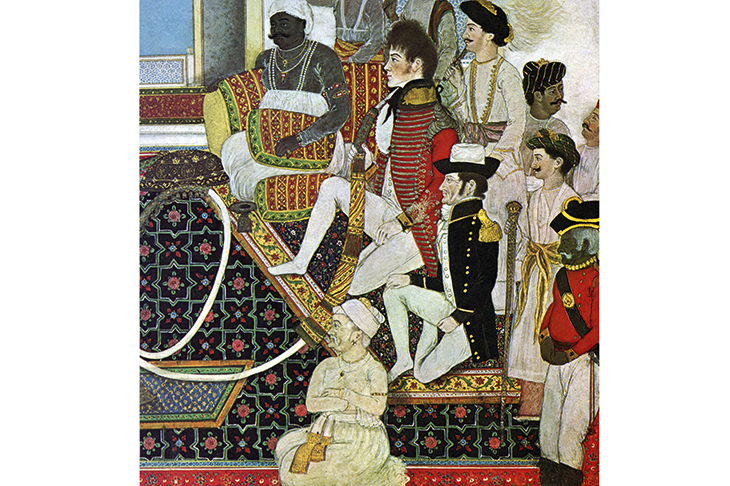
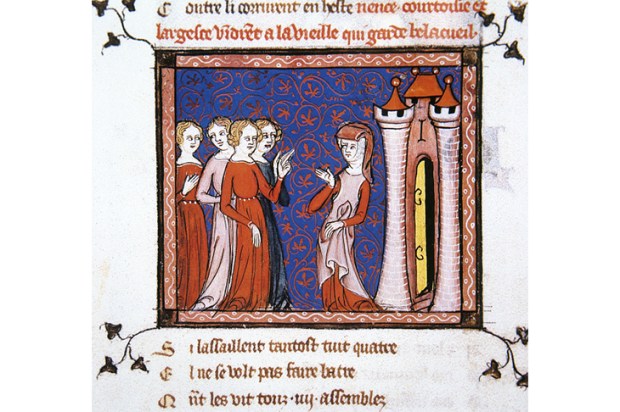
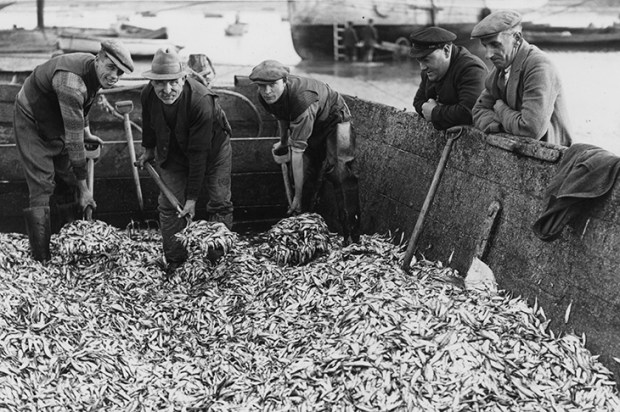
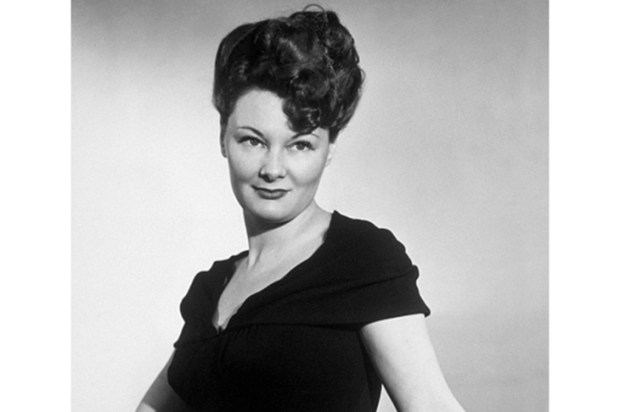

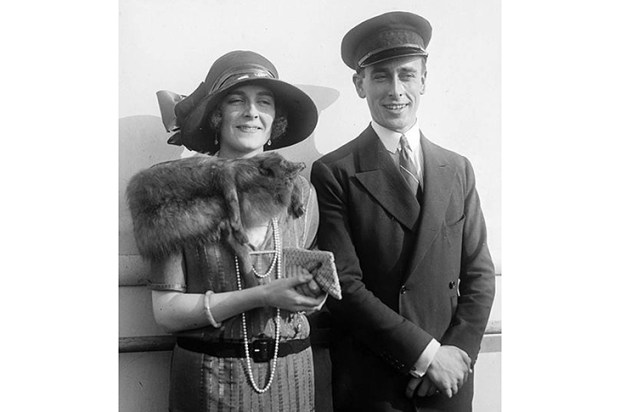







Comments
Don't miss out
Join the conversation with other Spectator Australia readers. Subscribe to leave a comment.
SUBSCRIBEAlready a subscriber? Log in